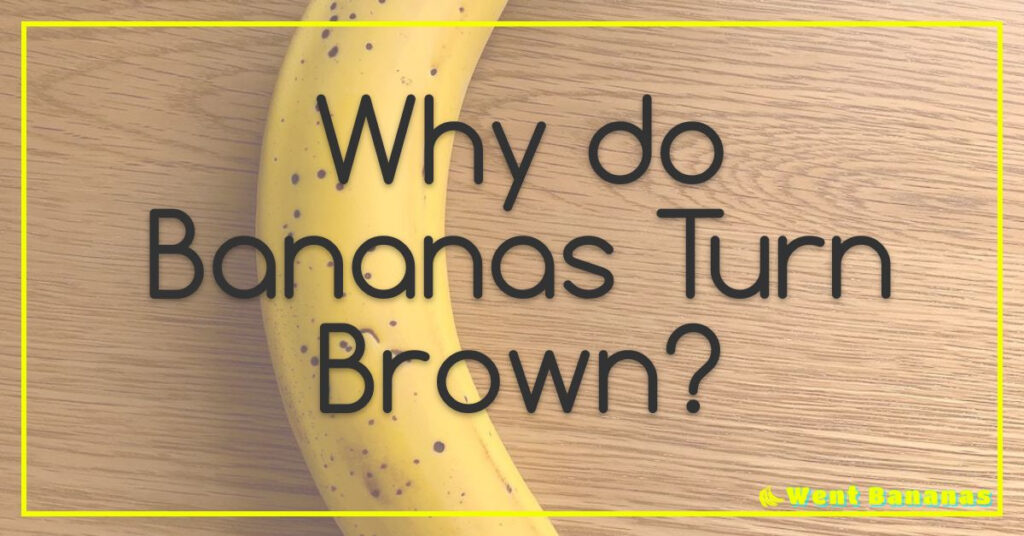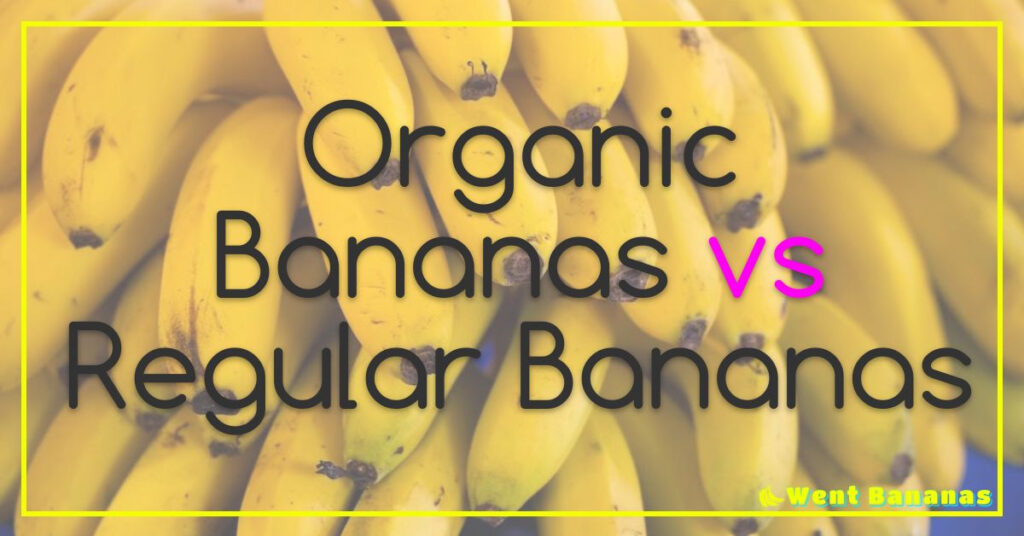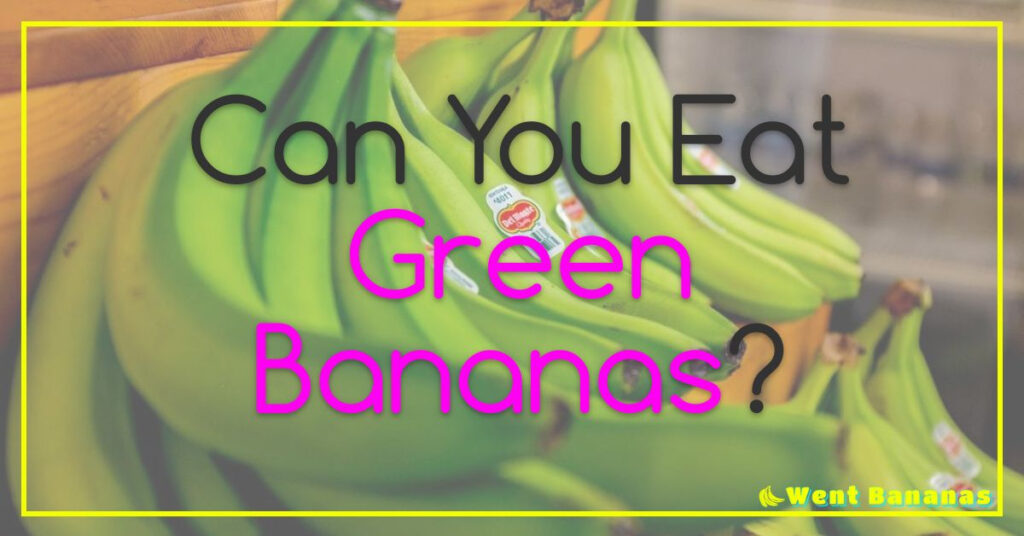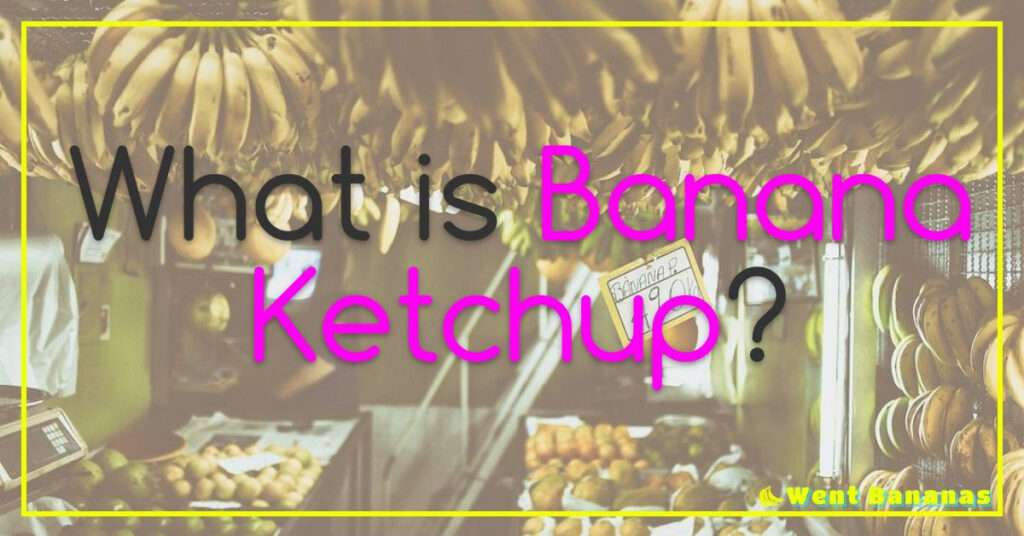Exploring the Different Parts of a Banana Tree: A Guide to Their Uses and Benefits
Banana trees are not just a source of delicious fruit, they also have a variety of different uses. Whether you`re interested in incorporating more bananas into your diet, or you simply want to learn more about these fascinating plants, this article is for you.
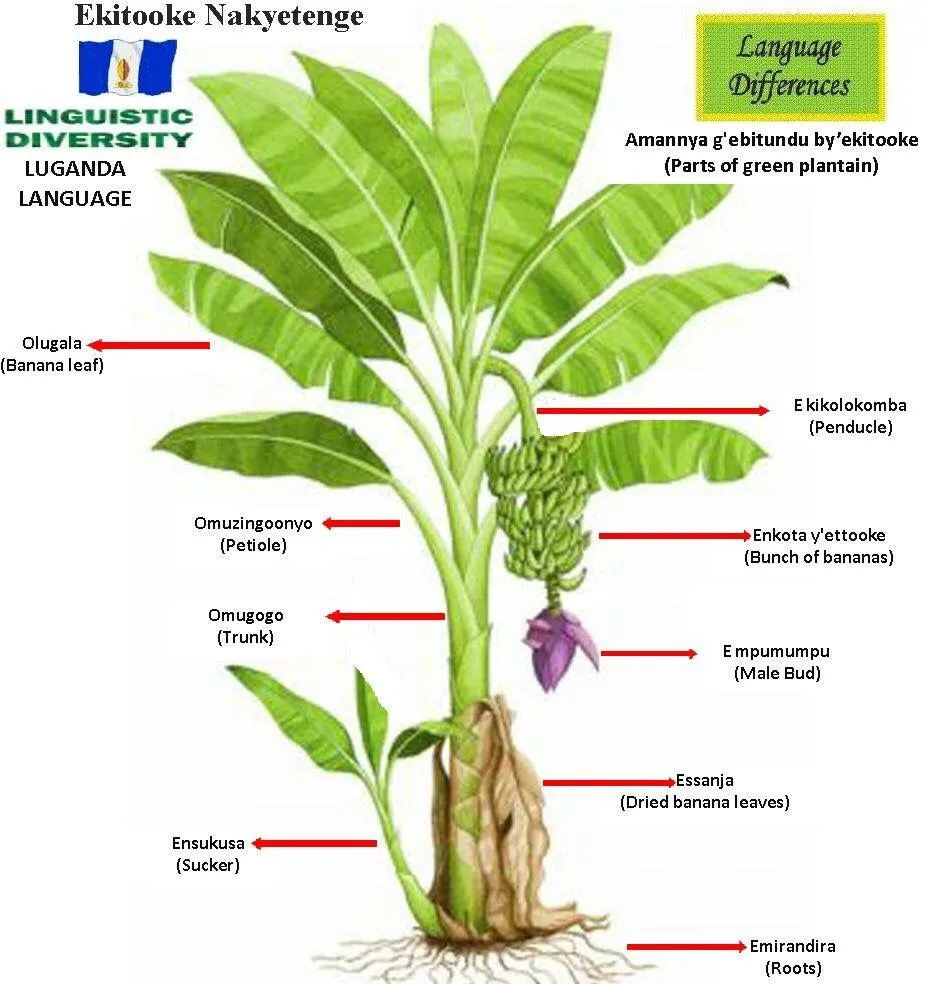
In this article, we will provide an introduction to banana trees, including the different parts of the plant and their uses. We will also offer tips for identifying these parts and share key takeaways for those interested in learning more about banana trees.
So if you want to learn more about the different parts of a banana tree and how they can be used, keep reading!
An Introduction to Banana Trees.

Banana trees, scientifically known as Musa spp., are a fascinating and important plant species with a rich history. Originating in Southeast Asia, these trees have spread throughout the world and are now cultivated in over 130 countries.
One of the most unique aspects of banana trees is their growth pattern. Unlike other fruit trees, bananas grow from underground rhizomes and produce new shoots each year that eventually become mature fruit-bearing plants. This means that banana plantations can be maintained for many years by simply allowing new shoots to grow from existing plants.
In addition to their unusual growth pattern, banana trees also provide valuable resources beyond just delicious fruit. The leaves of the tree can be used for cooking or as packaging material, while the fibers in the trunk can be used for textiles or paper production.
Despite their popularity and widespread cultivation, banana trees face numerous challenges including disease outbreaks and environmental pressures. By understanding more about these incredible plants, we can work towards improving their cultivation methods and sustainability practices.
Whether you’re a fan of eating bananas or simply interested in learning more about this fascinating plant species, there’s no denying that banana trees have much to offer both commercially and environmentally.
Different parts of the banana tree and their uses.
The banana tree is not just a source of delicious fruit, but also has many other valuable components. From the trunk to the leaves, every part of the banana tree can be used for various purposes.
Starting with the trunk, it can be harvested for its fibers which are then woven into rope or made into paper. The trunk also contains a high amount of potassium and can be used as a natural fertilizer.
Moving onto the leaves, they are commonly used in cooking as plates or wraps for food. The large surface area and flexibility make them ideal for this purpose. Additionally, dried banana leaves are often used to create eco-friendly packaging materials.
The flowers of the banana tree have medicinal properties and are often used in traditional medicine to treat ailments such as bronchitis and dysentery. They can also be cooked and eaten as a vegetable dish.
Finally, we come to the fruit itself which is undoubtedly what most people associate with bananas. Not only is it delicious and nutritious, but it is also versatile in its uses – from being eaten raw or cooked to being mashed up into smoothies or baked goods.

Overall, it’s clear that there’s more than meets the eye when it comes to the humble banana tree. Each part has unique qualities that make them valuable resources in their own right – demonstrating that this plant truly deserves its title as “the plant that gives back”.
How do I identify the different parts of a banana tree?
The banana tree is a fascinating plant that holds a variety of uses in different cultures. From its fruit to its leaves and even its trunk, every part of the banana tree has value.
To identify the different parts of a banana tree, one must start with the most obvious – the fruit. The bananas grow in clusters known as hands and are attached to a stem called a bunch stalk. The bunch stalk connects to the main trunk or pseudostem of the banana plant.
The pseudostem is not actually a stem but rather tightly packed leaf sheaths that grow around each other to form a sturdy structure that supports the weight of multiple bunches of bananas.
Moving up from the pseudostem, one can find large leaves that can reach up to 9 feet long and 2 feet wide. These leaves are used for various purposes such as wrapping food for cooking or serving as plates in some cultures.
Beyond these visible parts, there are also smaller structures such as flowers which produce new bananas once pollinated by bees or birds. Additionally, there is also an underground rhizome system which allows for new plants to grow from offshoots.

« if banana is apple apple is grapes
The Ultimate Guide to Knowing When Your Banana Bread is Done: Tips and Tricks for Perfect Baking! »
In conclusion, understanding each part of a banana tree allows us to appreciate not only its delicious fruit but also its versatility and importance in various cultures worldwide.
Conclusion and key takeaways about the parts of a banana tree.
In conclusion, the banana tree is a complex and multifaceted plant with many useful parts. From the fruit to the leaves, each component has its own unique properties and uses.
The key takeaway from this exploration of the parts of a banana tree is that it is not just about the banana fruit itself. The leaves can be used for cooking, wrapping food, or even making crafts. The trunk can be used for building structures or creating paper products.
Furthermore, understanding the different parts of a banana tree can also help us appreciate its importance in agriculture and economics. Banana crops provide livelihoods for millions of people around the world and play an important role in global food security.
So next time you enjoy a delicious banana snack, take a moment to think about all the different components that make up this remarkable plant – from root to tip!
Check out our other articles to find out even more about banana.
In conclusion, we’ve taken a look at all of the different parts of a banana tree and their uses. We have discussed how to identify each part and explored some key takeaways about bananas that can help you understand more about this versatile plant. With everything from nutritious fruit to fiber for making fabric, it’s no surprise that bananas are so popular worldwide! If you’re looking to learn even more about this amazing fruit-bearing tree, be sure to check out our other articles on the subject!







